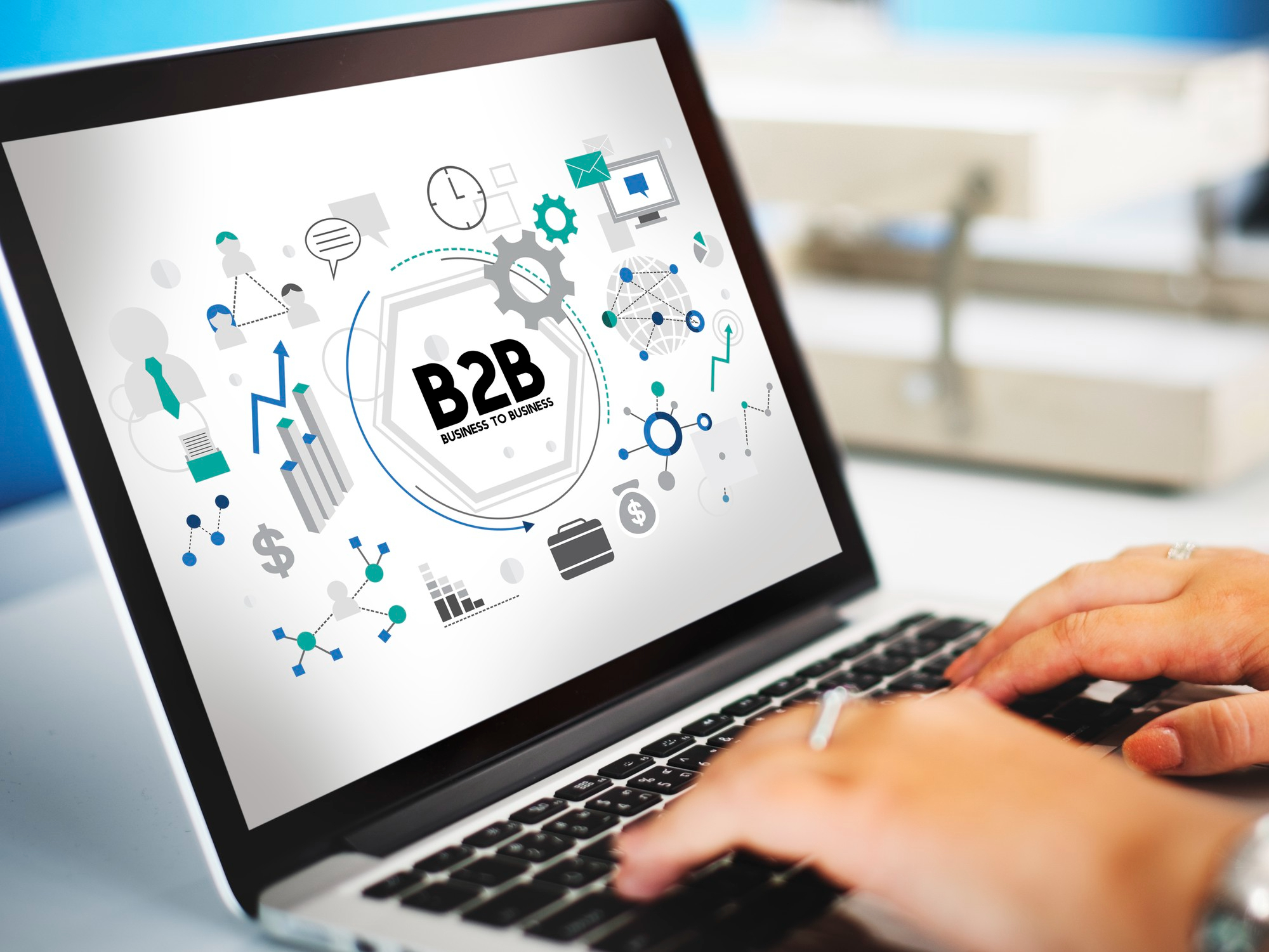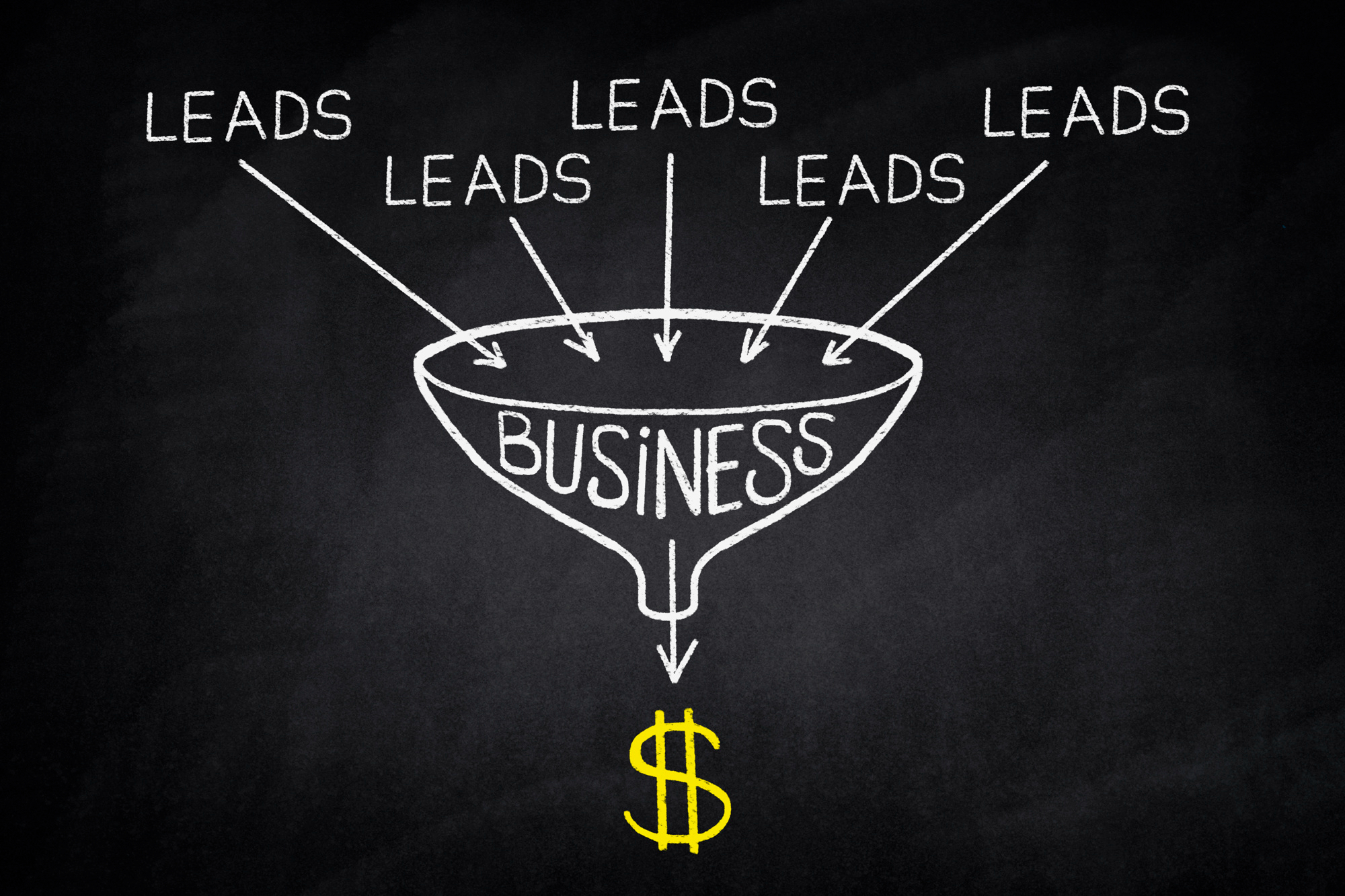Innovative SEO: Inbound Marketing Blog
Start-ups often adopt an approach of ‘trial and error’ when converting leads. No doubt, testing and applying do work when you want to create a base of customers, but it is too time-consuming. And by the time you start getting the results, chances are there you will feel exhausted, both physically and financially. Thus, getting high-quality leads and managing them effectively is crucial.

5 ways to build an effective B2B demand gen engine
What is a demand generation engine?
A demand generation engine is a set of strategies and tactics companies use to create and maintain interest in their products or services, with the ultimate goal of driving sales. The engine includes various marketing activities, such as inbound marketing, outbound marketing, advertising, events, and content marketing, designed to engage potential customers and move them through the sales funnel.
The main objective of a demand generation engine is to create demand for the company’s offerings, generate leads, and ultimately convert those leads into paying customers. By building a solid demand generation engine, companies can improve their marketing effectiveness, reduce customer acquisition costs, and increase revenue.
One such example of a B2B business building an effective demand engine is Salesforce, a cloud-based software company that provides customer relationship management (CRM) solutions. Salesforce has built a robust demand generation engine that includes a range of strategies, such as account-based marketing, inbound marketing, and event marketing.
They use account-based marketing to target specific accounts and create personalized campaigns for them. They also leverage inbound marketing by creating high-quality content that is relevant to their target audience’s pain points and needs.
Salesforce also hosts various events, including their annual Dreamforce conference, to connect with their audience, showcase their solutions, and educate attendees on the latest trends and best practices in CRM.
This makes a few steps to build a demand engine for B2B companies quite clear, such as;
-
Build an effective inbound marketing strategy
If you are wondering why we are stressing on inbound marketing strategy, then the simple answer is that B2B purchasing decisions are typically made after a long research process. As the audience here makes informed decisions, providing valuable content that addresses their pain points and answers their questions, B2B companies can establish themselves as thought leaders in their industry. An effective inbound marketing strategy also helps build trust among their target audience and ultimately influences purchasing decisions.
Moreover, it can be a more cost-effective way to generate leads and build a pipeline of potential customers. “Inbound marketing is, even more, cost-effective for smaller businesses, with a savings of 64% in cost per lead for companies with 1-25 employees and 68% for those with 51-200 employees.”
With inbound marketing, it’s possible to track engagement with content, measure the effectiveness of different channels, and optimize the strategy accordingly. This allows B2B companies to refine their approach over time, improve their targeting, and ultimately drive better results.
-
Accelerate the buyer’s journey
Capturing maximum possible information from the customer about his need is the most essential aspect of the demand generation process. Take a support of a progressive form- where the form is broken down into multiple steps or stages, with each step collecting more information about the lead. By using a progressive form, businesses can capture more detailed information about their leads. This additional information can be used to tailor your marketing messages and create more targeted campaigns, which can lead to higher conversion rates. Progressive forms are a great tool as they are not as intimidating as long forms and they ask for a small amount of information at every step.

B2B lead gen engine
-
Distribute free but valuable content
When content is the primary source of convincing your target audience to opt for your services or product, continuously bringing your brand to their notice can do wonders. After understanding the customer’s need, the next best step can be to distribute free but rich content via emails, webinars, e-books, or whitepapers. In addition, you can use your blog to share industry news, insights, and trends and provide tips and advice that will help your target audience solve their problems.
Offer free trials, demos, or consultations to provide value to your potential customers. This will help you build trust and establish your brand as a thought leader in your industry.
-
Indulge in account-based marketing
Account-based marketing (ABM) focuses on targeting and engaging with specific high-value accounts or customers rather than a larger audience. It involves identifying and prioritizing key accounts or customers based on their potential value to the organization and tailoring marketing and sales efforts to meet their specific needs and interests. This is a much more personalized way of marketing that can help improve conversion rates and customer loyalty.
Start using a combination of various marketing tactics, including targeted advertising, personalized email campaigns, social media outreach, and personalized content. ABM is beneficial for B2B companies that have a smaller number of high-value accounts or customers. It can also be an effective strategy for companies looking to break into new markets or verticals by focusing on a select set of key accounts.
-
Work with influencers matching your TA
Before taking the support of influencers, it is vital to search for influencers whose TA matches yours. Moreover, look if they have a significant number of followers who are also influencers in the B2B space. Finally, gauge the relevance of their business and what values they can add to your brand.
Once you have identified the influencers you want to work with, develop a partnership strategy that outlines how you will work together to achieve your business goals. This can include creating sponsored content, hosting joint events, or offering discounts or promotions to the influencer’s audience.
BONUS: Utilize the potential of AI
Personalization: AI can help you analyze customer data and create personalized content by looking at their preferences and behavior. Using this data, chatbots deliver customized conversations with potential customers, answering their questions and providing tailored recommendations. Moreover, chatbots also offer 24/7 support to customers and potential leads, answering common questions and providing information about your products or services. This can help increase engagement and accelerate the sales process.
Predictive analysis and lead scoring: AI can help you automate lead scoring by analyzing customer behavior, such as website visits, email opens, and content downloads. Chatbots can then use this information to determine the stage of the buyer’s journey and provide relevant information to move them toward a sale. In addition, AI can also help you predict future customer behavior and identify trends in your data. This can help you optimize your demand generation strategy and improve your ROI.
Automated campaigns: AI can help you automate your marketing campaigns by creating targeted messages and optimizing delivery times. Chatbots can then use this information to deliver messages to potential customers conversationally.
Conclusion
To conclude, building a demand engine for a B2B company is critical for any business looking to succeed in today’s competitive marketplace. By focusing on your target audience, developing a multi-channel marketing approach, and leveraging data and analytics to measure your success, you can create a demand-generation strategy that drives business growth and generates quality leads.
Moreover, keep up with the latest marketing tactics and implement them to stay ahead of the curve. AI and chatbots can help you optimize your B2B demand generation engine by providing personalized experiences, automating repetitive tasks, and delivering valuable insights about your audience. As a result, they can help you engage with your audience more effectively and ultimately drive more revenue for your business. With the right approach and ongoing personalized efforts, you can build a successful demand engine that drives long-term success for your B2B business.